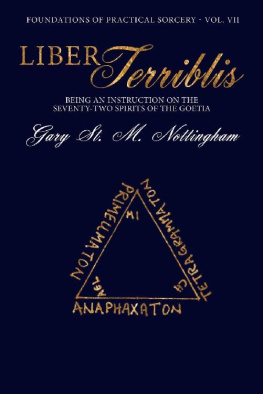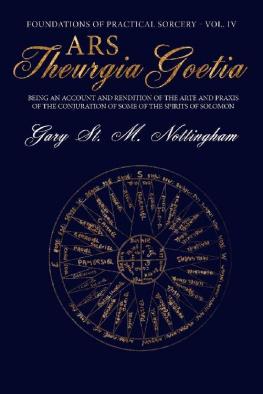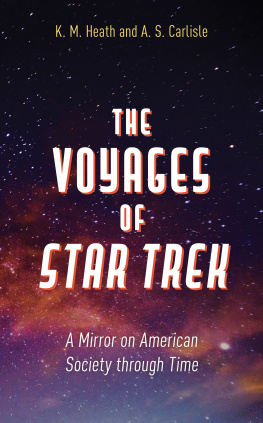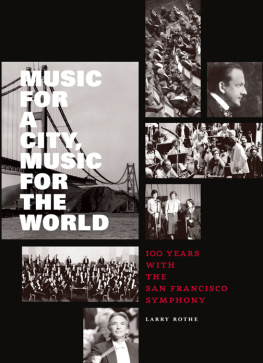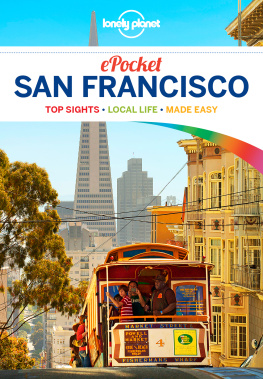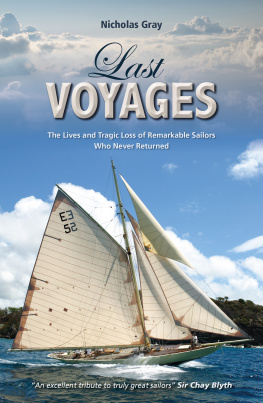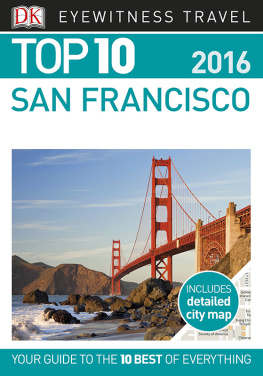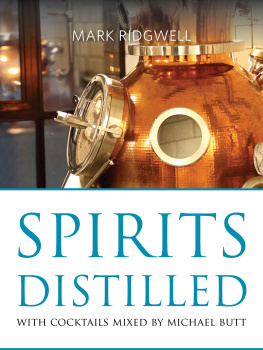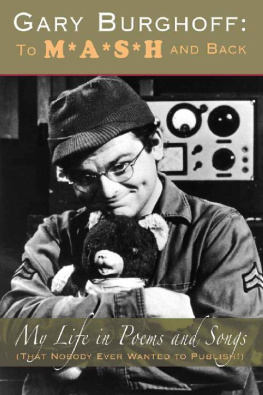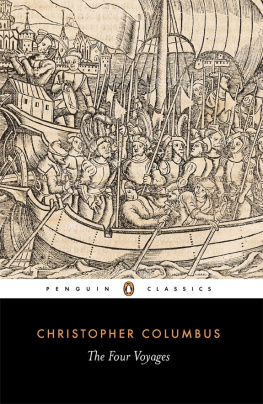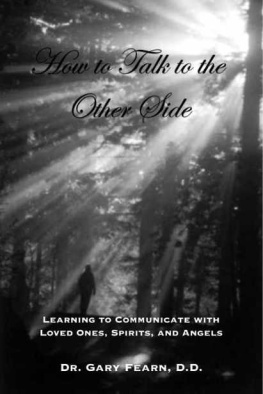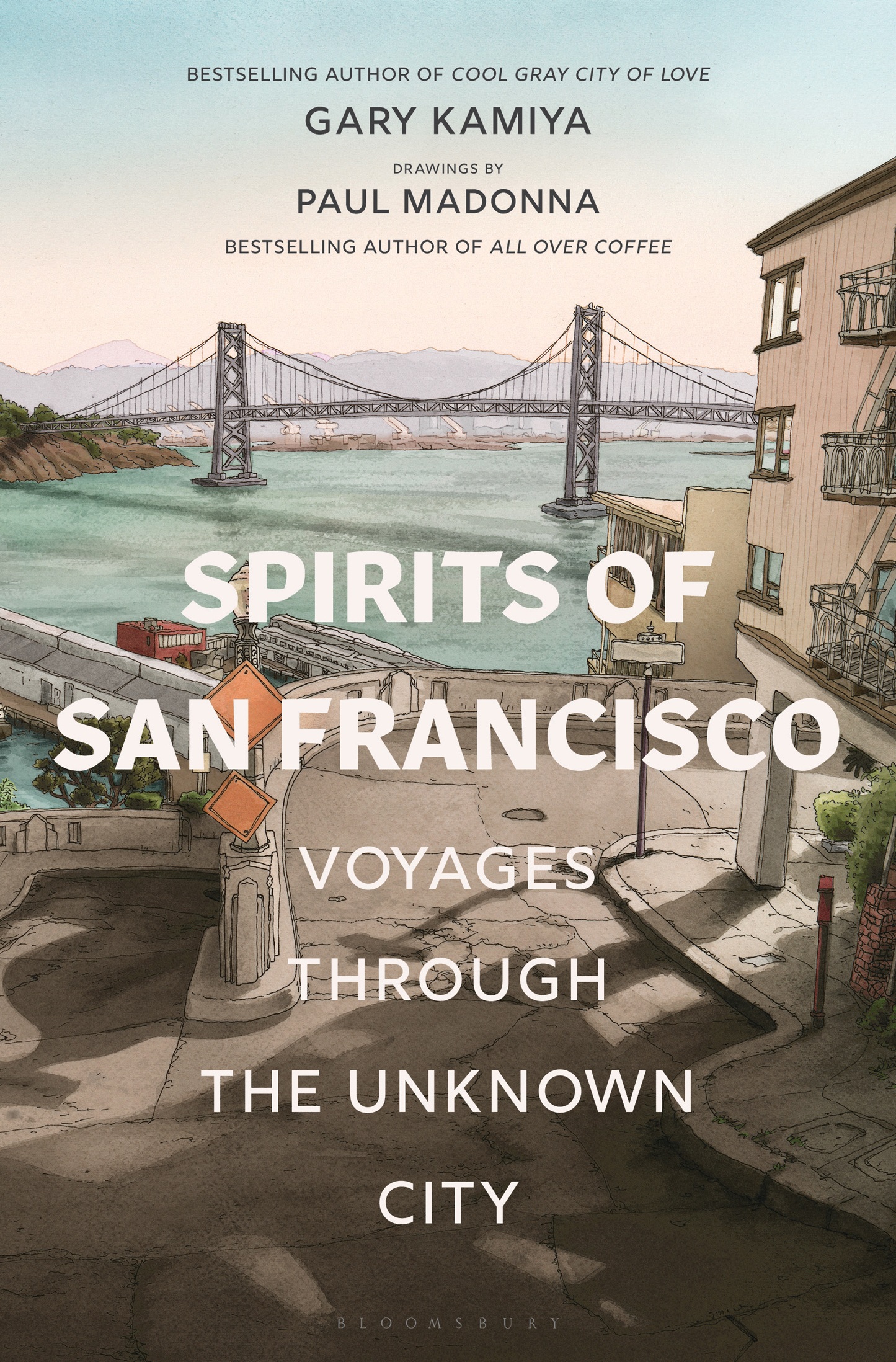Contents
Guide
Pagebreaks of the print version

TO OUR FAMILIES
BY THE SAME AUTHOR
GARY KAMIYA
Cool Gray City of Love: 49 Views of San Francisco
Shadow Knights: The Secret War against Hitler
PAUL MADONNA
Come to Light
Close Enough for the Angels
On to the Next Dream
Everything is its own reward
All Over Coffee

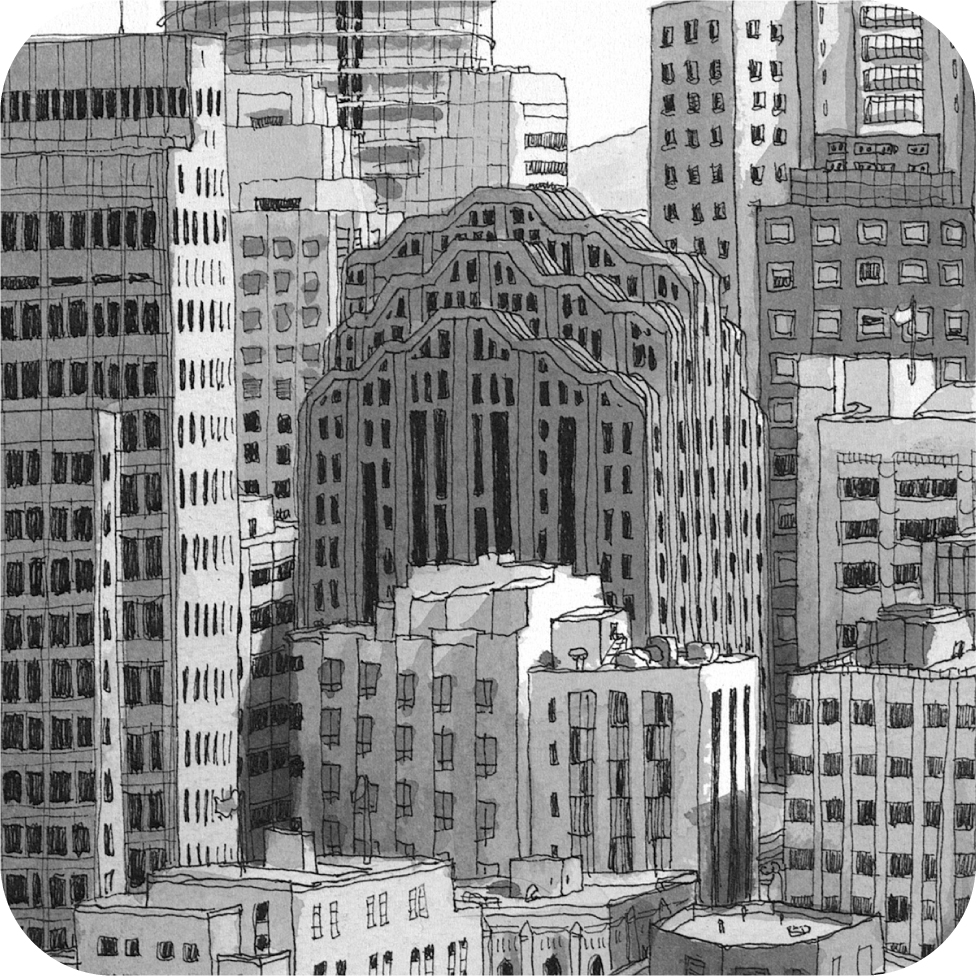
CONTENTS
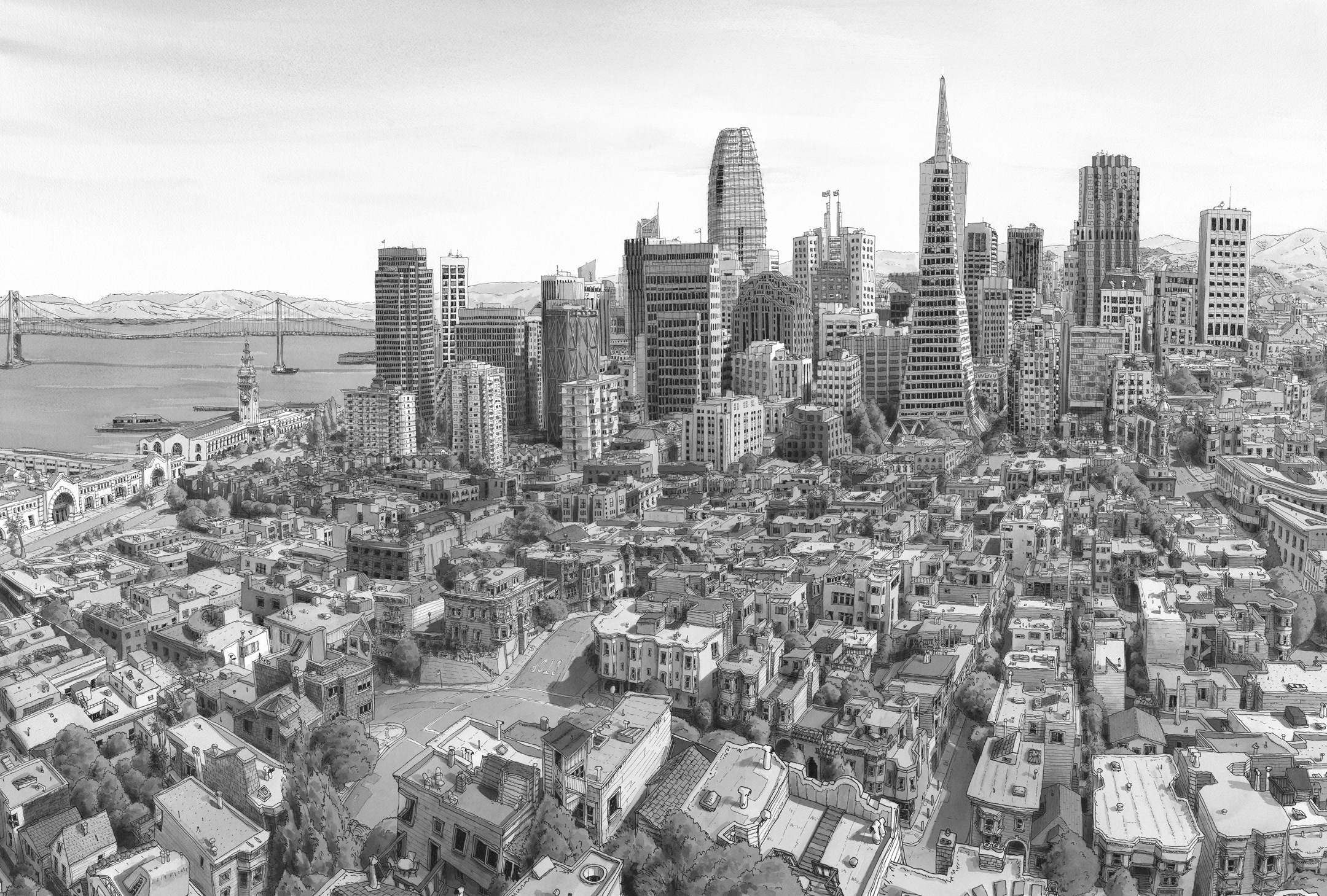
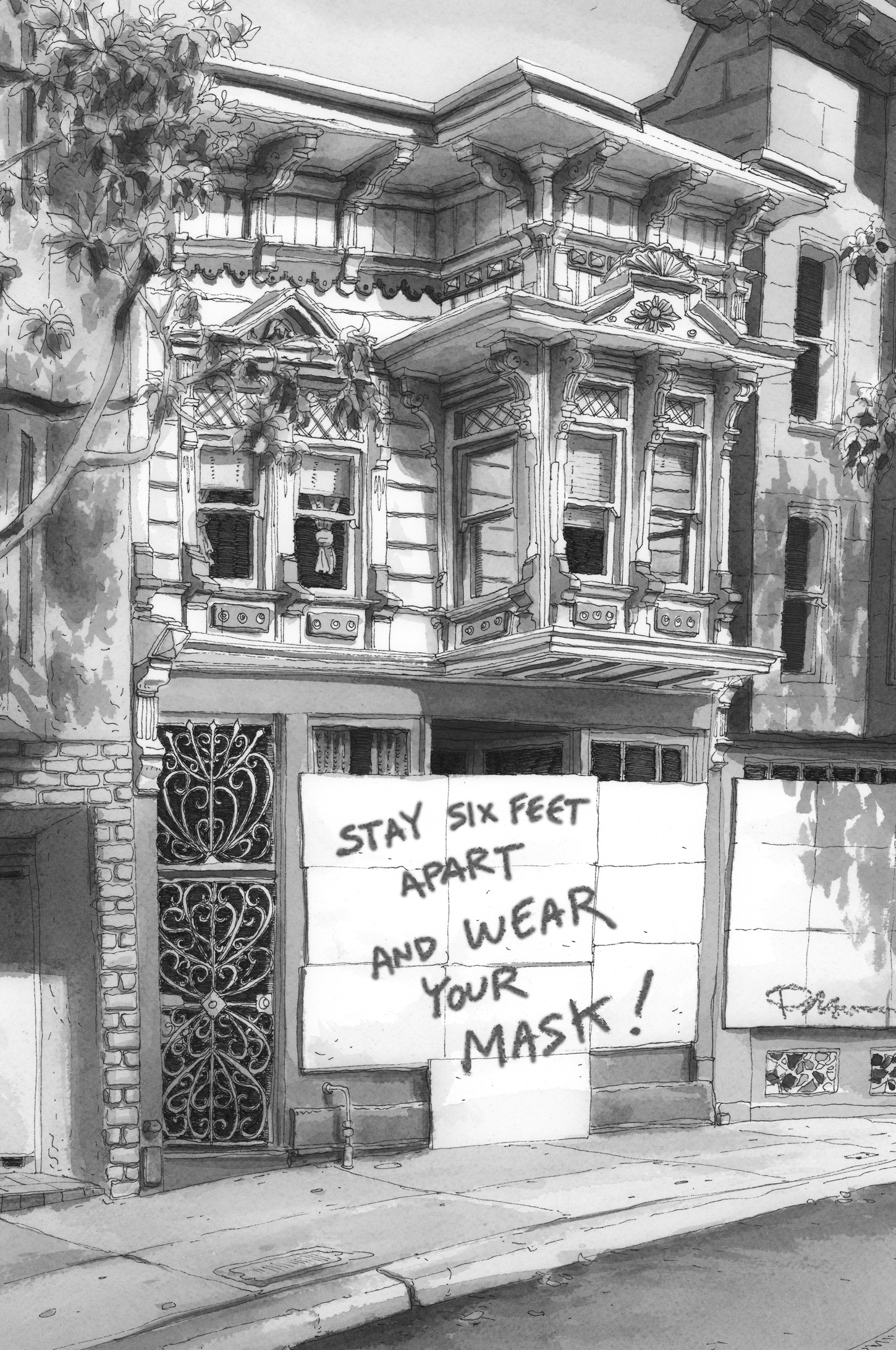
HOW I LEARNED TO LOOK AT SAN FRANCISCO UNDER QUARANTINE
The morning that San Francisco went under quarantine, I walked out my door with my dog and headed down to Washington Square.
North Beach was a tabula rasa. A stage set for a play with no characters. A de Chirico painting come to ghostly life. The collective fantasy of every San Franciscan who has ever tried to get onto the Bay Bridge on Friday afternoon at five P.M.
It was bizarre and disquieting, and clean and otherworldly. And I found it intoxicating.
This feeling was due, in part, to personal circumstances. I had had one of my artificial knees replaced two and a half weeks earlier, just getting under the wire before the city banned elective surgeries. When Mayor London Breed issued her shelter-in-place order on March 16, I had only been back in my Telegraph Hill apartment for six days. I was still in pain and having trouble sleeping, but I was doing physical therapy, was getting stronger, and walking a little farther every day. I was grateful that I could walk. And I was overjoyed to be walking through my city.
In The Gay Science , Nietzsche, most of whose adult life was filled with agonizing physical pain, wrote a magnificent description of the experience of returning to health. Gratitude pours forth continually, as if the unexpected had just happenedthe gratitude of a convalescentfor convalescence was unexpected. Gay Sciencethat signifies the saturnalia of a spirit who has patiently resisted a terrible, long pressurepatiently, severely, coldly, without submitting, but also without hopeand who is now all at once attacked by hope, the hope for health, and the intoxication of convalescence.
Regaining my health explained part of my euphoric reaction to this brave new San Francisco without people in itbut not all of it. Even if I had not been recovering from surgery, Im sure I would have felt the same exhilaration.
Im not alone. All around the world during this pandemic, people have had similarly complex, and often positive, reactions to their suddenly and strangely silent cities. They report feeling unsettled, disturbed, awestruckand peaceful, calm, even joyous.
Theres no great mystery why. Everyone in a suddenly empty city sees it with fresh eyes. No one would want the experience to come at such a terrible cost, but the surreal, deserted cities that were created by the Covid-19 virus jump-started a million dormant synapses. If cities are works of art, then the pandemic transformed them from conventional figurative paintings to transgressive modernist ones, transformed by what the art critic Robert Hughes called the shock of the new.
We are all always searching for the shock of the new. The desire to see things, including cities, afresh is hard-wired into us as humans. Its why we make art, play music, write books. Indeed, its the whole point of this book. In our different ways and mediums, Paul Madonna and I are trying to portray a San Francisco that is rich, deep, and strangean unknown city.
Others trying to shake themselves and their city out of their torpor take a more aggressive approach. From ur-flaneur Charles Baudelaire through the Parisian Situationists, the London psychogeographers, San Franciscos own


